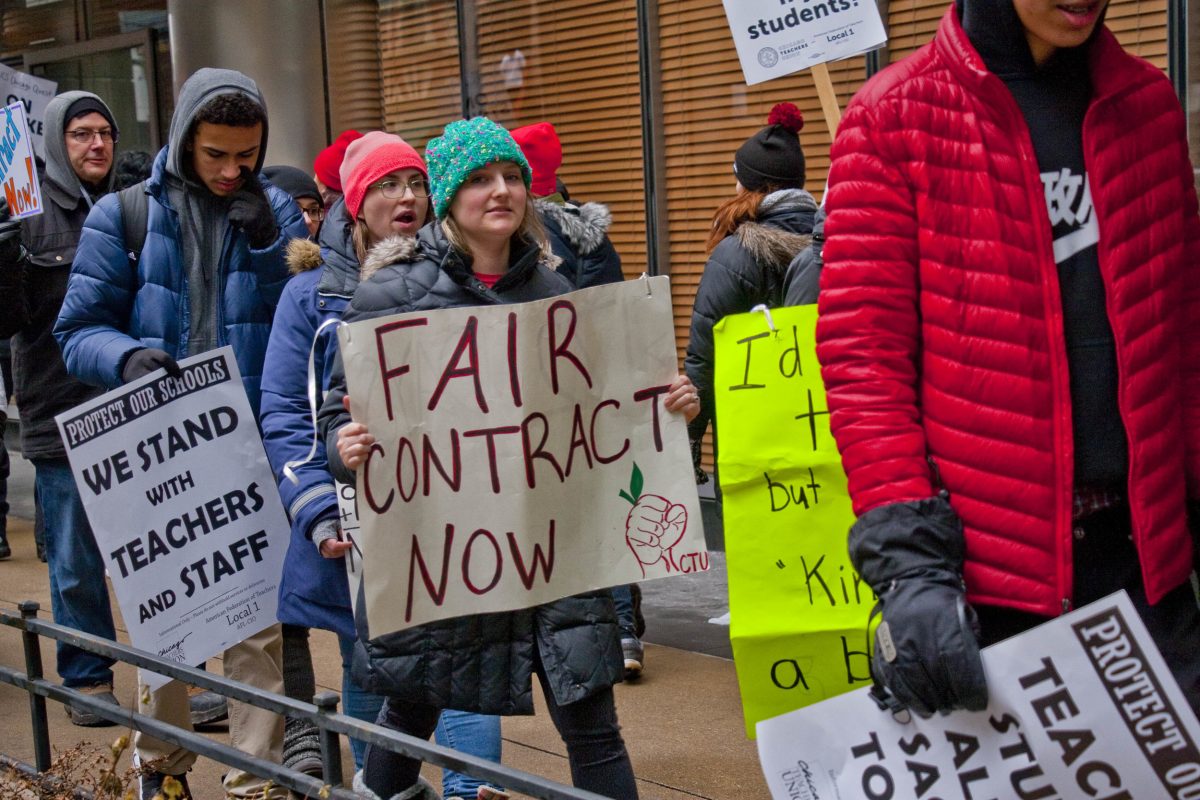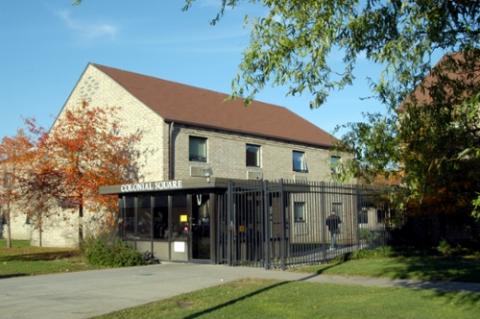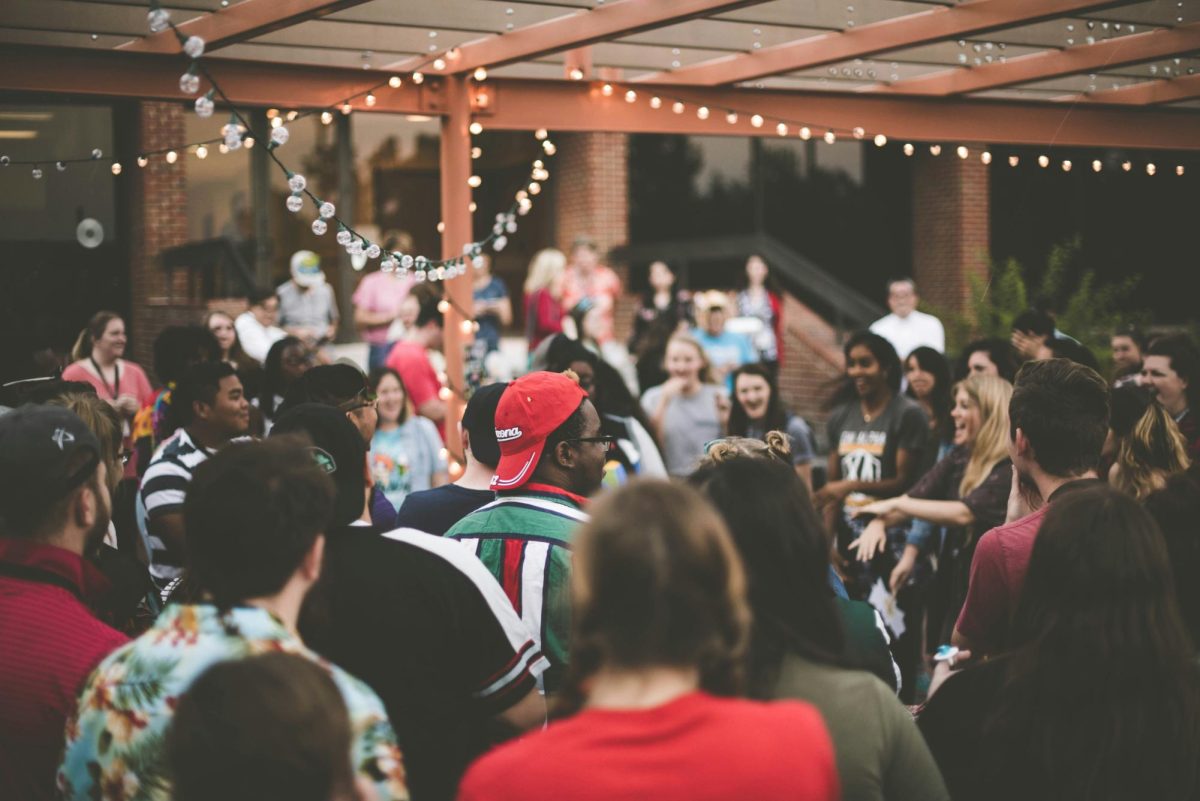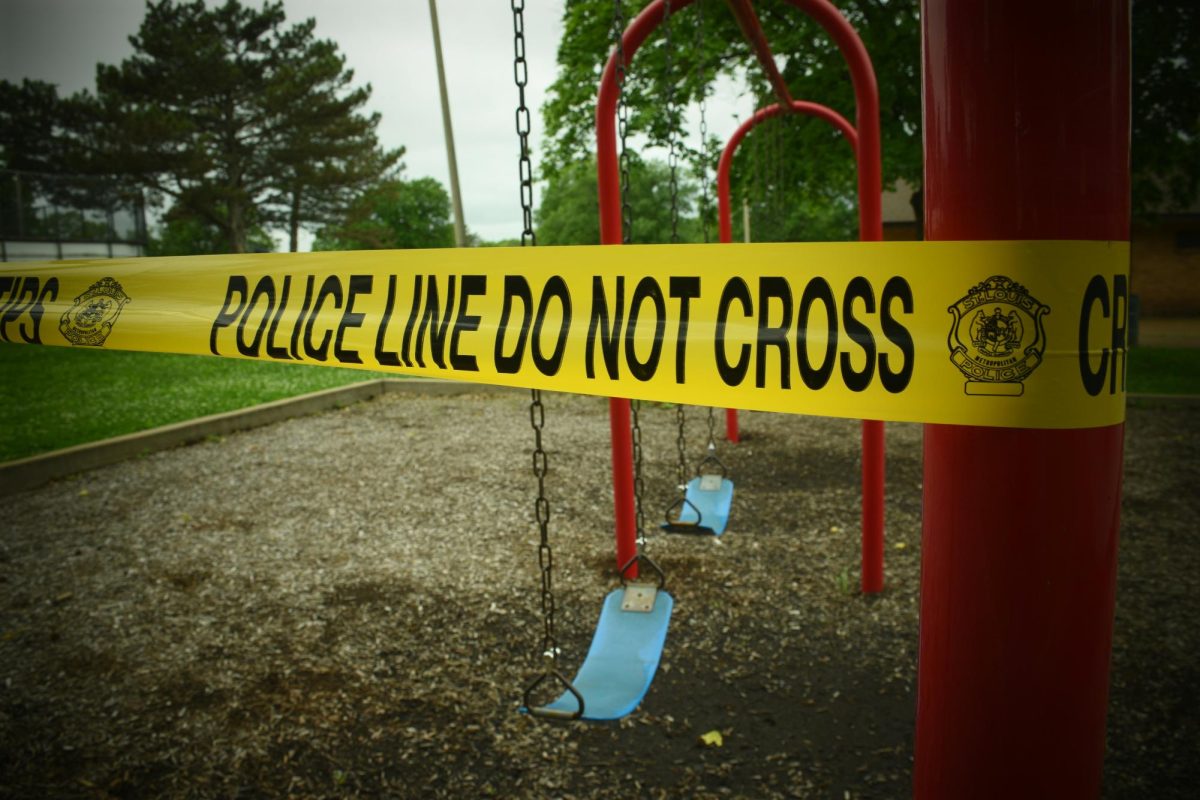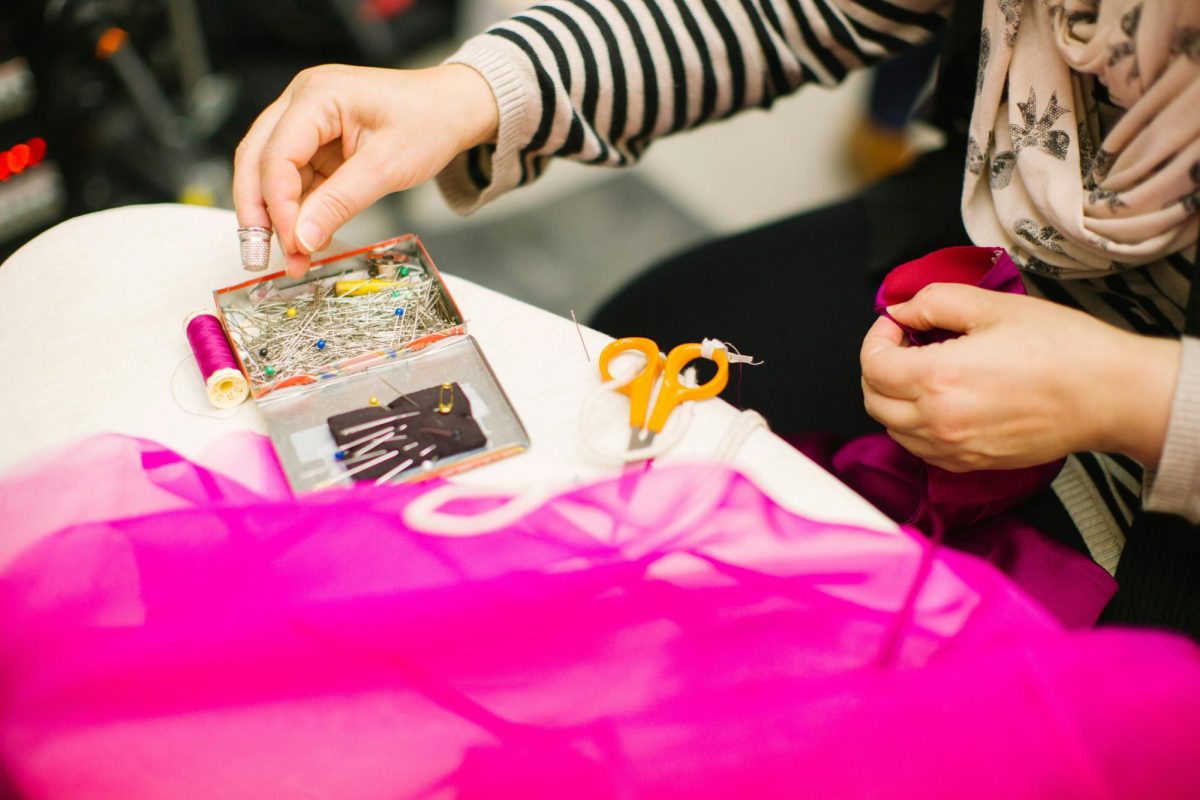Over the past week, Chicagoans have been protesting avidly for improvements to the public schooling system. The city-wide strikes are fueled by economic and racial inequality, issues that have plagued Chicago schools for decades.
A closer look at the slogans and chants of the strikes reveals a lack of scholastic resources that many in private schools or well-funded public schools in the United States tend to take for granted. From unruly student-teacher ratios and inadequate teacher salaries to the lack of mental health counselors and tutors, the Chicago Public Schools district has long made it difficult for students from minority or impoverished backgrounds to learn and succeed.
This perpetuates a cycle of destitution and emboldens preexisting class divides. Affluent families send their children to resource-rich private and charter schools, which increases these schools’ incomes and allows for reallocations toward better academic resources. Meanwhile, many teachers at public schools in the city also flock to private schools, enticed by their larger payrolls, leading to resource depletion at public schools and fueling a vicious and inescapable cycle for students.
I firmly believe that teachers striking against this system are doing so solely out of love for the students they teach and out of an unwavering belief in the potential of their city. Chicago has produced some of the brightest minds the world has seen, and empowering students to achieve is crucial. Nevertheless, several people – in particular, suburban individuals for whom certain educational prerogatives have always been within arm’s reach – dismiss the protests as a nuisance.
The overlap between locations of the worst-performing schools and the most poverty-stricken neighborhoods is no coincidence. Years of segregationist zoning and housing laws have led to blatantly unequal streams of funding to various schools throughout the city. The South Side in particular is home to some of the worst schools not just in Chicago, but in the entire country.
Further budget cuts in these schools have done away with foreign language programs, extracurricular clubs and activities and more. The dearth of curricula in these fields has put students at an inherent disadvantage when applying to universities.
This dynamic fosters yet another deplorable double-standard, which primarily affects black students.
Even worse, a number of elementary schools throughout Chicago do not facilitate after-school or childcare programs, which has made it tough for single mothers and fathers to juggle the responsibilities of work and parenthood. These services have been considered to be unimportant by the municipal government for years.
In comparison, such services are offered at wealthier schools, which cater largely to white students. The discrepancy is hauntingly reminiscent of a pre-integration society, an era often considered to be a distant memory.
Poverty and racism, however, are far from gone in Chicago. Approximately 20% of citizens live below the poverty line, the vast majority of whom reside in underfunded, low-income South Side precincts. Many Chicagoans were hopeful following the mayoral election of Lori Lightfoot, a gay woman of color who promised to make drastic changes to this unfair dynamic. More than six months after Lightfoot’s swearing-in ceremony, however, nothing has been done.
It is upsetting to know that decades of racism and economic exploitation have barred so many students from success. I stand in solidarity with the thousands of protesters in Chicago, fighting for the right to teach and to learn.

